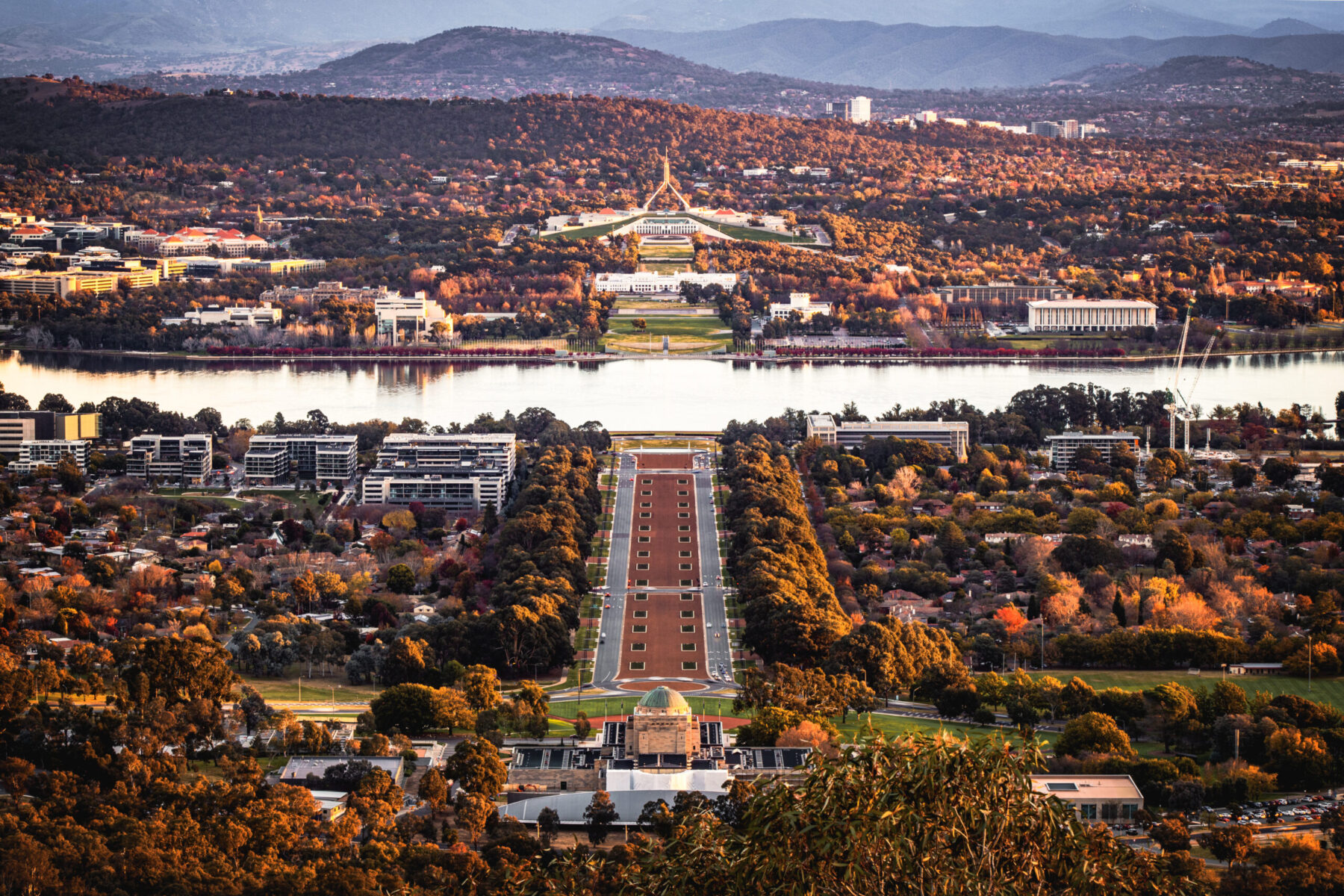ABS stats for Housing finance in August showed that finance to investors recorded it’s biggest monthly gain in 11 months recording a 4.7% increase on the previous month. The press love to make this out to be a sign of an over heated market, however the big turnaround was off the back of an equally significant decrease in July so the average increase across the 2 months is just o.4%. In fact total investor lending for the 12 months to August is up only 0.5% on the 12 months to July. Not a big deal really. The big increase in investor lending was throughout 2016 when investors moved from being 45% of total lending to 50% of total lending. This was enough to get APRA to step in and curb the banks lending as shown in the charts below. In 2017, lending to owner occupiers picked up again and is now back to 55% of total lending. It is too early to say whether APRA are at ease with this ratio or the overall growth of credit (up 8.2% above last year) when economic growth is at circa 1.8% pa. The Reserve Bank has been watching closely and this week called out the “potential risks” in the investment housing markets noting that macro prudential policies aimed at managing those risks has limited power to curtail speculation. The RBA conceded that the lending restrictions imposed on the banks are “constraining” households but are only moderating house price growth. What to do !. The RBA would love to lift interest rates to cool credit growth however they also acknowledge that house prices growth is predominately a Sydney and Melbourne issue and better tackled by constraining lending arrangements than by the blunt instrument of interest rate hikes. The RBA and APRA are clearly eyeing off the non bank sector where an influx of capital (mostly from offshore) has become available for investors who are prepared to pay a higher interest rate in order to acquire an investment property (or settle one under contract). It will be hard for either the RBA or APRA to influence the non banking sector which is largely a market based environment, free from the protection of the authorities, unless the federal government agree to extend their powers.



